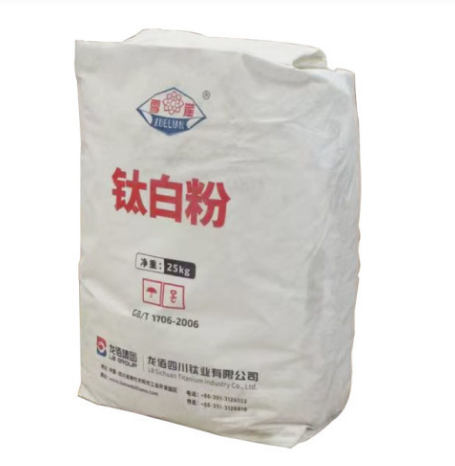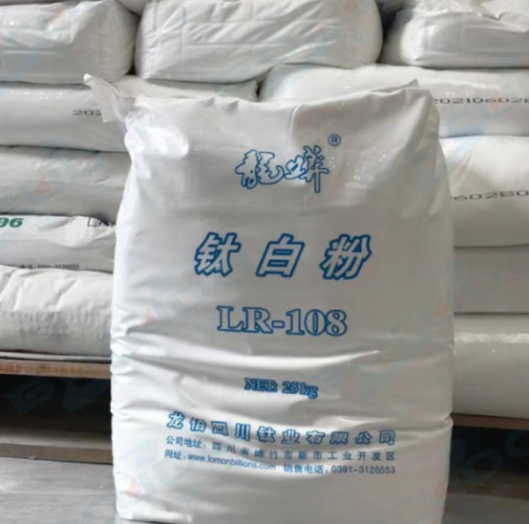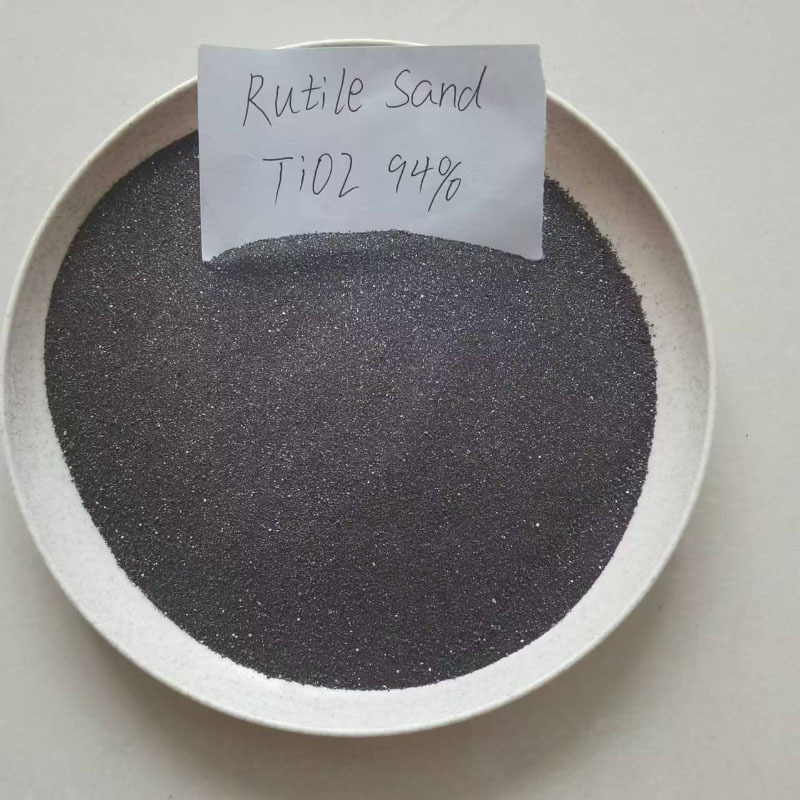Exploring the Versatility and Applications of 90% Rutile Sand in Advanced Chemical Materials
Release Time:
May 21,2025
Rutile sand, particularly when it contains approximately 90% titanium dioxide (TiO2), is a highly sought-after mineral in several industrial applications. This natural mineral is formed primarily from the weathering of igneous and metamorphic rocks, leading to its extraction and utilization in various sectors, including paints, coatings, plastics, and more. One of the most notable attributes of 90
Rutile sand, particularly when it contains approximately 90% titanium dioxide (TiO2), is a highly sought-after mineral in several industrial applications. This natural mineral is formed primarily from the weathering of igneous and metamorphic rocks, leading to its extraction and utilization in various sectors, including paints, coatings, plastics, and more.
One of the most notable attributes of 90% rutile sand is its high purity and excellent brightness, which make it an ideal choice as a pigment. In the paint and coatings industry, rutile is prized for its ability to provide exceptional opacity, durability, and resistance to ultraviolet (UV) radiation. This quality makes it particularly useful for exterior applications, where coatings must withstand harsh environments.
Moreover, rutile sand is renowned for its high refractive index and strong light-scattering capabilities. These properties are invaluable in manufacturing high-performance plastics and rubber, where transparency and color are crucial. As such, industries involved in automotive parts, consumer electronics, and packaging materials greatly benefit from the incorporation of 90% rutile sand in their formulations.
Another significant application of rutile sand is its use in the production of titanium dioxide. The high TiO2 content allows for a more efficient extraction process, leading to the creation of various titanium products. These products are widely used in the aerospace, medical, and energy sectors, where the properties of titanium contribute to lightweight, strong, and corrosion-resistant materials.
Furthermore, the mining and processing of rutile sand present unique opportunities and challenges. Sustainable practices are becoming increasingly important as industries aim to minimize their environmental footprint. Professionals in the field should consider the implications of mining operations, including land rehabilitation and waste management, ensuring that the extraction of rutile sand aligns with broader environmental goals.
In conclusion, 90% rutile sand serves as a cornerstone in the development of innovative chemical materials. Its diverse applications across various industries underscore its significance in modern manufacturing. As professionals continue to explore the potential of this versatile mineral, it is essential to remain informed about advancements in extraction techniques, processing methods, and sustainable practices to fully leverage the benefits of rutile sand in future projects. By emphasizing the unique properties and applications of rutile sand, professionals can not only enhance their product offerings but also contribute to the evolution of the chemical materials industry.
One of the most notable attributes of 90% rutile sand is its high purity and excellent brightness, which make it an ideal choice as a pigment. In the paint and coatings industry, rutile is prized for its ability to provide exceptional opacity, durability, and resistance to ultraviolet (UV) radiation. This quality makes it particularly useful for exterior applications, where coatings must withstand harsh environments.
Moreover, rutile sand is renowned for its high refractive index and strong light-scattering capabilities. These properties are invaluable in manufacturing high-performance plastics and rubber, where transparency and color are crucial. As such, industries involved in automotive parts, consumer electronics, and packaging materials greatly benefit from the incorporation of 90% rutile sand in their formulations.
Another significant application of rutile sand is its use in the production of titanium dioxide. The high TiO2 content allows for a more efficient extraction process, leading to the creation of various titanium products. These products are widely used in the aerospace, medical, and energy sectors, where the properties of titanium contribute to lightweight, strong, and corrosion-resistant materials.
Furthermore, the mining and processing of rutile sand present unique opportunities and challenges. Sustainable practices are becoming increasingly important as industries aim to minimize their environmental footprint. Professionals in the field should consider the implications of mining operations, including land rehabilitation and waste management, ensuring that the extraction of rutile sand aligns with broader environmental goals.
In conclusion, 90% rutile sand serves as a cornerstone in the development of innovative chemical materials. Its diverse applications across various industries underscore its significance in modern manufacturing. As professionals continue to explore the potential of this versatile mineral, it is essential to remain informed about advancements in extraction techniques, processing methods, and sustainable practices to fully leverage the benefits of rutile sand in future projects. By emphasizing the unique properties and applications of rutile sand, professionals can not only enhance their product offerings but also contribute to the evolution of the chemical materials industry.
Keywords:
You Can Also Learn More About Industry Trends






